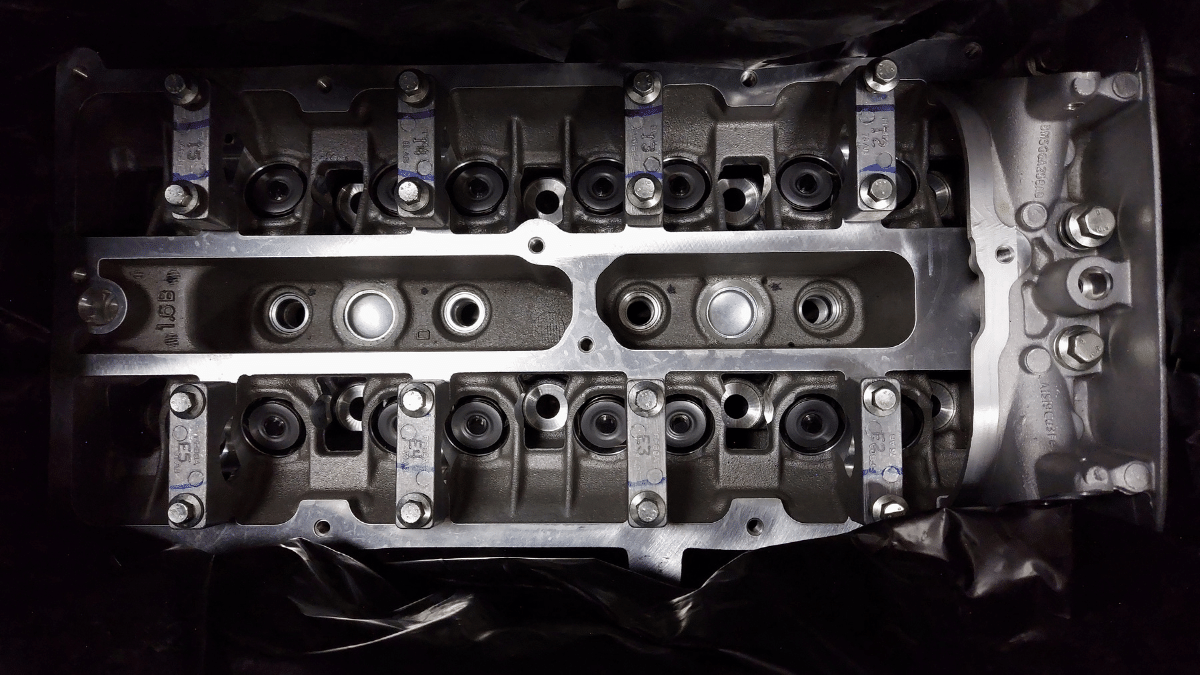The automobile industry is changing day by day and adopting new technologies to make innovative products today we gonna talk about Cylinder Deactivation Technology what this technology is about, how it works, and what are the benefits of cylinder deactivation.
What is Cylinder deactivation Technology?
The answer is in the name itself. The cylinder deactivation technology is a system that switches off one or more cylinders or a pair of cylinders to maximize the efficiency of an IC engine. For example, if there are four cylinders in the engine, with the help of this technology then two cylinders will be switched off and only two cylinders will be working. That will make the engine use less fuel and enhance fuel economy and reduce carbon emissions.
How does it work?
There is something behind everything. Here there is a system responsible for deactivating cylinders in the engine. The need of doing this work can be judged by the fact that all cylinders do not need to work together all the time.
For example, if a car is running at a constant economical speed and no power is required then some cylinders can be turned off to save fuel. So there is a system known as the cylinder deactivation system (Every manufacturer has its own name so we take the general name) which is responsible for doing this work.
Before turning off cylinders it constantly monitors the engine RPM, current gear, the speed of the car, torque, and position of the throttle. Based upon these factors the system decides whether to turn off the cylinders or not. The cylinders are deactivated such that the exhaust gases produced in the previous stroke (when all cylinders were working) do not leave and act as air springs.
Also, the system ensures that sufficient torque is maintained so as to not fluctuate the engine speed when the cylinder has been turned off. If the system turns off some cylinders the engine will run more efficiently resulting in lower fuel consumption. The ignition timing is also altered for working cylinders to welcome any change in throttle input. Now, the driver of the car needs to increase the speed to change the throttle position to draw more power from the engine then this system will activate the switched-off cylinders. After this, the engine is running at its full capacity (All cylinders are working).
The system is purely automatic and cannot be used in manual mode. Talking in simple language, all this work is to be done silently and in such a manner that the driver of the car does not sense that something is happening under the Hood.
Cylinder Deactivation Advantages
Yes, there are two major benefits of Cylinder Deactivation. The first one (being the most important for car manufacturers) is the reduction in fuel consumption by 5~25% depending upon engine size, the number of cylinders, speed, and nature of deactivation. The second benefit that is gained by this technology is lower emissions produced by the engine when running at half capacity.
Which Manufacturers are using this technology?
Volkswagen, Mitsubishi, Honda, Mazda, and General Motors are using this technology. The technology is named differently by manufacturers. Volkswagen calls it Active Cylinder Technology (ACT), the first manufacturer to use this technology in 4 cylinder engines, Mitsubishi calls it Modulated Displacement, and Honda calls it Variable Cylinder Management known to downsize from 6 cylinders to 4 to 3. Mazda calls it Standard Cylinder Deactivation, GM calls it Dynamic fuel management. Their purpose is the same except for the nomenclature they use.
Is there any impact on performance?
In real-world driving, there isn’t any noticeable impact during acceleration because the cylinder deactivation and reactivation are done in milliseconds without any kind of jerk or sense to the driver. Rather than impacting performance, it increases the fuel consumption of the car and reduces emissions.
Any disadvantages of Cylinder Deactivation?
No disadvantages in my opinion. Earlier when the technology was introduced there were reliability issues back then, but in modern cars, there seems to be no problem at all. Since the cylinder deactivation takes place depending upon certain conditions and reactivating takes place in milliseconds which is unfelt to the driver, and also that this is system managed and automatic means no manual control over this, there are no chances of anything like cooling issue, as everything is mapped by the system. It is totally reliable and has no disadvantages whatsoever.
Latest car in 2022 with this technology (India)
- Skoda Slavia and Skoda Kushaq are equipped with Active Cylinder Technology.
- Volkswagen Virtus comes with Active Cylinder cut-off Technology.
These cars are 4-cylinder engine cars in which two cylinders are turned off and two work actively.
FAQs
The 1981 Cadillac lineup was the very first car that used the cylinder deactivation method to save fuel when a part of the engine is not in use.












Leave a Reply
View Comments